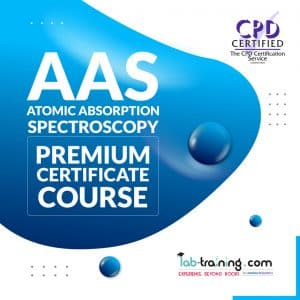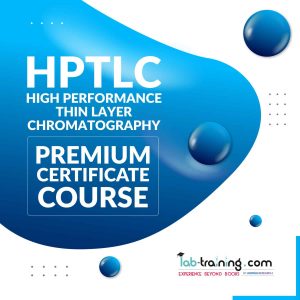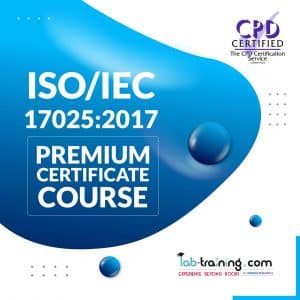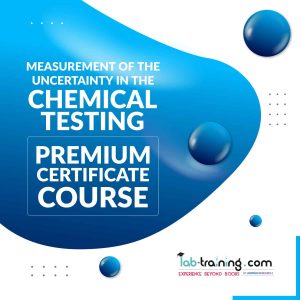Reverse Phase Chromatography

Discussing High-performance liquid chromatography or commonly known as HPLC account back to the early 1900s. Undoubtedly, HPLC has risen as a significant analytical technique used to separate, recognize or qualify components of a mixture.
HPLC discovers its application in numerous fields such as foods and beverages, forensics, clinical research, environmental laboratories, and most importantly in the pharmaceutical sector.
If you want to grasp knowledge about the fundamental idea of HPLC, we have a different segment covering pretty much every other itemized data for HPLC.
Here we will be discussing HPLC separation modes.
Separation based on Polarity
Normal – Phase HPLC:
Normal phase chromatography is established on the partition equilibrium between the polar stationary phase and the non-polar mobile phase.
The polarity of the stationary phase is higher than the mobile phase. The process of retention states that the less polar first, and then the solutes of increasing polarity.
In general, silica comprises the stationary stage whereas the mobile phase typically comprises hexane, chloroform, isopropanol, etc.
Uses: NPLC finds its usage during separation especially in conditions where the water solubility of the sample compound is restricted. It is also suitable for the separation of many types of isomers, and compounds that differ in the number or character of functional groups.
Reversed-Phase HPLC
Reverse phase chromatography is established on the partition equilibrium between the non-polar (hydrophobic) stationary phase and the polar mobile phase, where the polarity of the mobile phase is higher than the stationary phase.
Unlike NPC, more polar solutes are eluted out first and then solutes of decreasing polarity.
The reverse phase chromatography principle affirms that the separations in reverse phase chromatography rely upon the reversible adsorption/desorption of solute molecules with changing levels of hydrophobicity to a hydrophobic stationary phase. Most of the reversed-phase separation experiments are executed through several fundamental steps.

Figure: Principle of reversed phase chromatography with gradient elution. (Modified image: Reference – 2)
[NOTE: In the case of biomolecules, reversed phase chromatography mainly utilizes gradient elution rather than isocratic elution.
Isocratic elution is the separation in which mobile phase composition remains constant throughout the procedure whereas Gradient elution is exactly the opposite as the mobile phase composition is changed during the separation process.
Isocratic elution is most suitable for simple separations and gradient elution is suitable for the analysis of complex samples.]
Examples of mobile phase are blends of water or buffer (aqueous solvents) and organic solvents such methanol, acetonitrile, or tetrahydrofuran (THF).
Uses: About 80% of the HPLC applications are covered with RPLC. It is used in the separation of mixtures comprising of components differing in molecular weight and/or water solubility.
| Mode of Separation | Stationary phase | Mobile phase |
| Normal phase | Polar | Non-polar |
| Reversed-phase | Non-polar | Polar |
Table: Phase Characteristics for normal phase and reverse phase chromatography
Hydrophilic – Interaction Chromatography (HILIC)
HILIC may be regarded as a type of normal-phase chromatography although the mechanism of separation used in this is more complicated than NPLC.
HILIC can be employed in either isocratic or gradient elution modes. Polar compounds that are attracted to the polar packaging material particles may be eluted as the polarity of the mobile phase is increased when added more water (<20%). The process of elution of analytes is in the order of increasing hydrophilicity. To keep ionizable analytes as a single form, buffers or salts may be attached to the mobile phase.
Uses: For the analysis of high polar substances
Hydrophobic – Interaction Chromatography (HIC)
It is regarded as a type of reversed-phase chromatography and is based on the separation of molecules as per their hydrophobicity. HIC acquires an advantage of the hydrophobic collaboration of large molecules with a moderately hydrophobic stationary phase. For example: butyl-bonded [C4], rather than octadecyl-bonded [C18], silica.
The principle followed for protein adsorption to HIC media is considered complementary to ion exchange and size exclusion chromatography.
Uses: Separation of proteins while retaining the biological activity that might denature them.
Separations Based on Charge
Ion – Exchange Chromatography (IEC)
This separation mode based upon the electrical charge, ions of opposite charges are attracted to each other while like-charged ions may repel each other. The basis of IEC is the electrostatic interaction between the ion exchanger and the ionic solutes.
The stationary phase is acidic or basic having a negative or positive charge whereas the mobile phase is constituted by a polar liquid such as the salt solution in water. The separation occurs because of the attractive ionic force between molecules and the charged stationary phase.
If the charge on the sample is stronger, the stronger it is attracted to the ionic surface and hence, it takes longer to elute.
Uses: Separation ionized/charged compounds
Separations Based on Size:
Size-Exclusion Chromatography [SEC]
The separation of the components is carried out by the porous stationary phase (such as the combination of polysaccharides and silica) as per their size.
In this, small sample molecules penetrate completely in the pores of the stationary phase whereas the large molecules can penetrate partially into the pores. Therefore, it is easy to convey that the large molecules are eluted first than the small molecules of the sample.
Uses: Separation of biological molecules (proteins and carbohydrates), determination of molecular weight or molecular distribution of macromolecules and qualification of oligomers, and also, separation of water-soluble polymers.
SOURCES:

 AAS, GC & HPLC Certificate Course Bundle
AAS, GC & HPLC Certificate Course Bundle  Certificate Course on AAS
Certificate Course on AAS  Certificate Course on GC
Certificate Course on GC  Certificate Course on High Performance Thin Layer Chromatography (HPTLC)
Certificate Course on High Performance Thin Layer Chromatography (HPTLC)  Certificate Course on ISO/IEC 17025:2017 - CPD Certified
Certificate Course on ISO/IEC 17025:2017 - CPD Certified  Certificate Course on Lab Safety
Certificate Course on Lab Safety  Certificate Course on Measurement Uncertainty in Chemical Testing
Certificate Course on Measurement Uncertainty in Chemical Testing  AAS, GC & HPLC Certificate Course Bundle
AAS, GC & HPLC Certificate Course Bundle  Certificate Course on AAS
Certificate Course on AAS  Certificate Course on GC
Certificate Course on GC  Certificate Course on High Performance Thin Layer Chromatography (HPTLC)
Certificate Course on High Performance Thin Layer Chromatography (HPTLC)  Certificate Course on ISO/IEC 17025:2017 - CPD Certified
Certificate Course on ISO/IEC 17025:2017 - CPD Certified  Certificate Course on Lab Safety
Certificate Course on Lab Safety  Certificate Course on Measurement Uncertainty in Chemical Testing
Certificate Course on Measurement Uncertainty in Chemical Testing 


Responses